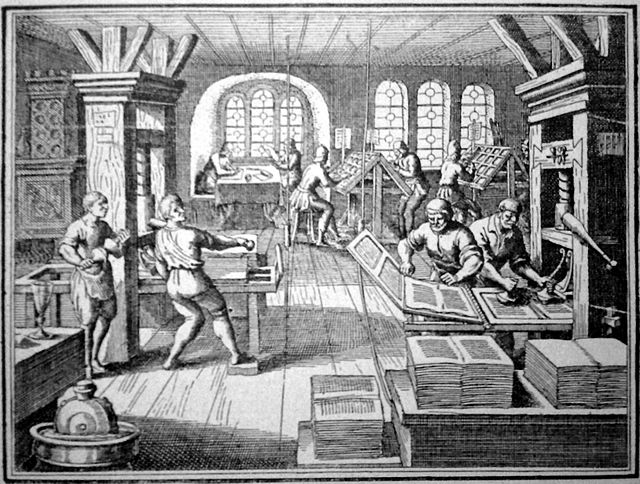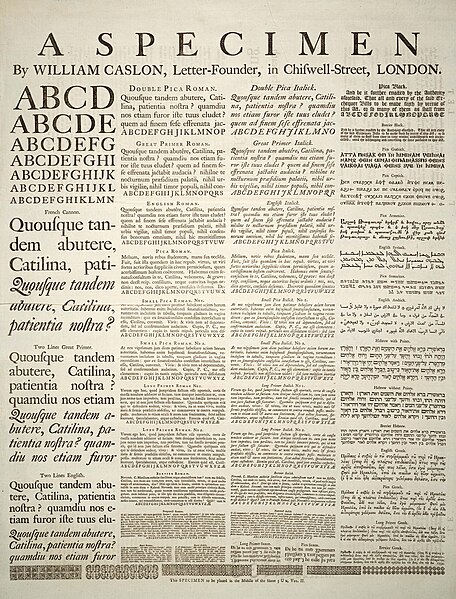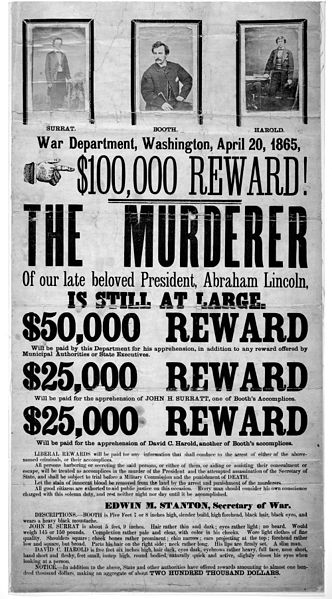In typography, the point is the smallest unit of measure. It is used for measuring font size, leading, and other items on a printed page. The size of the point has varied throughout printing's history. Since the 18th century, the size of a point has been between 0.18 and 0.4 millimeters. Following the advent of desktop publishing in the 1980s and 1990s, digital printing has largely supplanted the letterpress printing and has established the desktop publishing (DTP) point as the de facto standard. The DTP point is defined as 1⁄72 of an inch (1/72 × 25.4 mm ≈ 0.353 mm) and, as with earlier American point sizes, is considered to be 1⁄12 of a pica.
A ruler showing point scale (on the bottom) and inch scale (on the top)
The Fournier scale: two inches in total, divided into four half-inches, the medium intervals are one line (1⁄12 inch), and the smallest intervals are 1⁄36 inch; no intervals for the point is given, though
Typography is the art and technique of arranging type to make written language legible, readable and appealing when displayed. The arrangement of type involves selecting typefaces, point sizes, line lengths, line spacing, letter spacing, and spaces between pairs of letters. The term typography is also applied to the style, arrangement, and appearance of the letters, numbers, and symbols created by the process. Type design is a closely related craft, sometimes considered part of typography; most typographers do not design typefaces, and some type designers do not consider themselves typographers. Typography also may be used as an ornamental and decorative device, unrelated to the communication of information.
Movable type being assembled on a composing stick using pieces that are stored in the type case shown below it
A sixteenth century workshop in Germany showing a printing press and many of the activities involved in the process of printing
A specimen sheet by William Caslon shows printed examples of Roman typefaces.
Nineteenth century wanted poster for John Wilkes Booth (the assassin of U.S. President Abraham Lincoln) printed with lead and woodcut type, and incorporating photography






